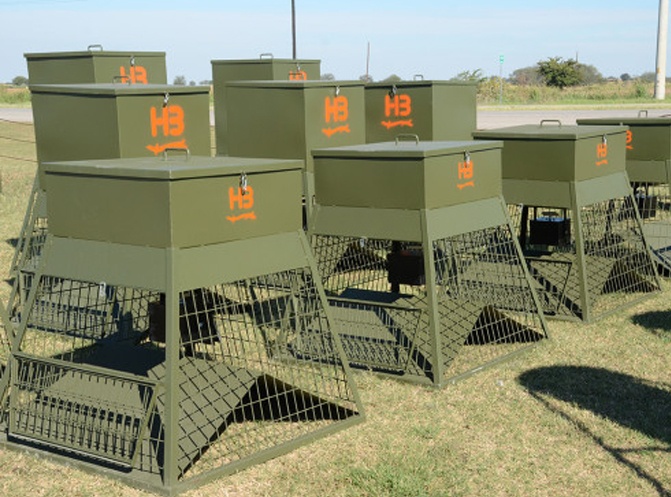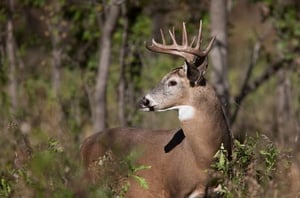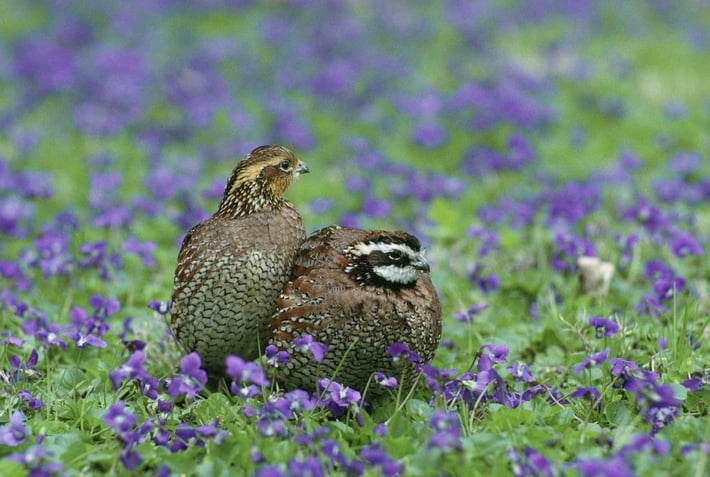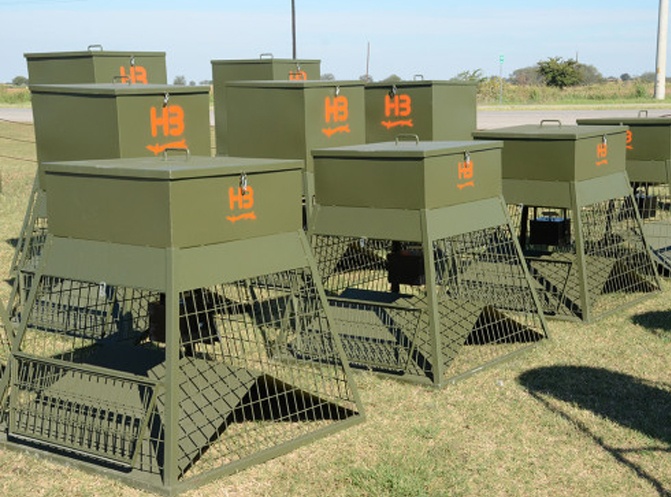Supplemental wildlife feeders are commonly used for wildlife viewing and hunting in Texas. Providing supplemental food is an important part of any successful wildlife management program. Supplemental feeding will provide nutritional benefits when resources are scarce.
It will also boost population health, support antler growth, aid in lactation, increase reproductive success, and aggregate animals for hunting purposes.
Timed or Gravity Fed: Which Feeder is Right for You?
Location and convenience will greatly influence your decision when selecting the best type of feeder for your situation. Timed wildlife feeders are set to feed at predetermined times during the day and are either battery powered or solar powered. Gravity fed feeders provide feed continuously. Battery and solar feeders are similar in function besides the effort and funds required to replace batteries. Solar powered feeders are restricted to sunny sites whereas battery feeders can be placed anywhere.
Gravity feeders are ideal for maximizing benefits from feeding because the feed is not as limited per animal. However, you will spend more money on feed with the gravity feeders and raccoons can become problematic. Quail and turkey feeders, whether timed or gravity fed, are usually designed to exclude most mammals. Timed deer feeders require varmint traps to exclude raccoons and squirrels.
You can research a variety of feeders on our website and pick them up at the store in Gainesville.
- HB EZ Reach Corn Feeders (Timed)
- Ranch King Mighty Buck Corn Feeder (Automatic)
- HB Protein Feeder (Gravity Fed)

Which Food to Use for Your Wildlife Feeders
Typically corn and/or protein pellets are the food source provided for deer. Turkey feeders are typically filled with a corn and milo mix, black sunflower seeds, or a special turkey feed. Quail feeders often utilize special quail or chicken food, but they can also contain mixes of cracked corn, grains, millet, milo, popcorn, safflower seeds, and sunflower seeds.
Local feed stores are excellent sources for these feeds. Promote berries, fruits, acorns, and nuts on your property to provide natural sources of food for wildlife.
Supplemental Feed Schedule for Deer
 Buck, doe, and fawn deer have different nutritional needs seasonally. During summer months fawns are nursing and do not require supplemental feed, but the does need extra protein to provide milk and maintain healthy body condition (Table 1). In the summer bucks are re-growing their antlers and require more protein than other times of the year. Other times during the year deer need carbohydrates more than protein. See Table 1 for specific details on supplemental feed for deer.
Buck, doe, and fawn deer have different nutritional needs seasonally. During summer months fawns are nursing and do not require supplemental feed, but the does need extra protein to provide milk and maintain healthy body condition (Table 1). In the summer bucks are re-growing their antlers and require more protein than other times of the year. Other times during the year deer need carbohydrates more than protein. See Table 1 for specific details on supplemental feed for deer.
Wildlife Feeder Placement
Proper deer feeder placement can make a big difference come hunting season. Consider the distance between feeders and blinds carefully. Rifle and archery blinds will have different requirements for shot distances. Take note of the prominent wind direction and ensure feeders are upwind of blind locations. Deer are very aware of any foreign odors and will avoid coming in to feed if they are alarmed by human scents such as smoke, deodorant, cologne, or detergent.
Be aware of your shooting angles, feeders should not be placed where shots could potentially danger structures, roads, livestock, or property lines. Food plots are another area to avoid because there is no reason to double up on deer attractant.

Supplemental Feeding for Turkey and Quail
If you have turkeys or quail on your property, then likely you have good habitat and food sources for them already, but there are always ways to improve conditions for them. These picky birds will not inhabit marginal habitats. Providing supplemental feed for them can increase covey and flock sizes, increase reproductive success, and aggregate birds to feeding areas. Place feeders for these game birds near feathered forested edges and thick brush so they can escape the predators that are sure to notice their feeding habits.
You can feed upland game birds year-round, but their nutritional needs also change. They have more nutritional needs in late winter when food is scarce and spring when they are laying eggs. For hunting purposes turkey can be fed a few months prior to and during hunting seasons to aggregate them to feeders. Keep an eye out for future blog posts about increasing habitat quality for turkey and quail on your lands!
Table 1: White Tailed Deer Nutritional Requirements for Each Month.
|
Month |
Bucks |
Does |
Fawns |
|
January |
Carbohydrates |
Carbohydrates |
Carbohydrates |
|
February |
Carbohydrates |
Carbohydrates |
Carbohydrates |
|
March |
Carbohydrates |
Carbs/Protein |
Carbohydrates |
|
April |
Carbs/Protein |
Carbs/Protein |
Carbs/Protein |
|
May |
Protein |
Protein |
Protein |
|
June |
Protein/Sodium |
Protein/Sodium |
Nursing |
|
July |
Protein/Sodium |
Protein |
Nursing |
|
August |
Protein |
Protein |
Nursing/Protein |
|
September |
Carbohydrates |
Carbohydrates |
Protein/Carbs |
|
October |
Carbohydrates |
Carbohydrates |
Protein/Carbs |
|
November |
Carbohydrates |
Carbohydrates |
Protein/Carbs |
|
December |
Carbohydrates |
Carbohydrates |
Carbs/Protein |
*Data from www.northamericanwhitetail.com
If you have any questions about which feeder or feed is right for your situation, shoot us an email at sales@pondking.com.
See y'all down at the pond!



